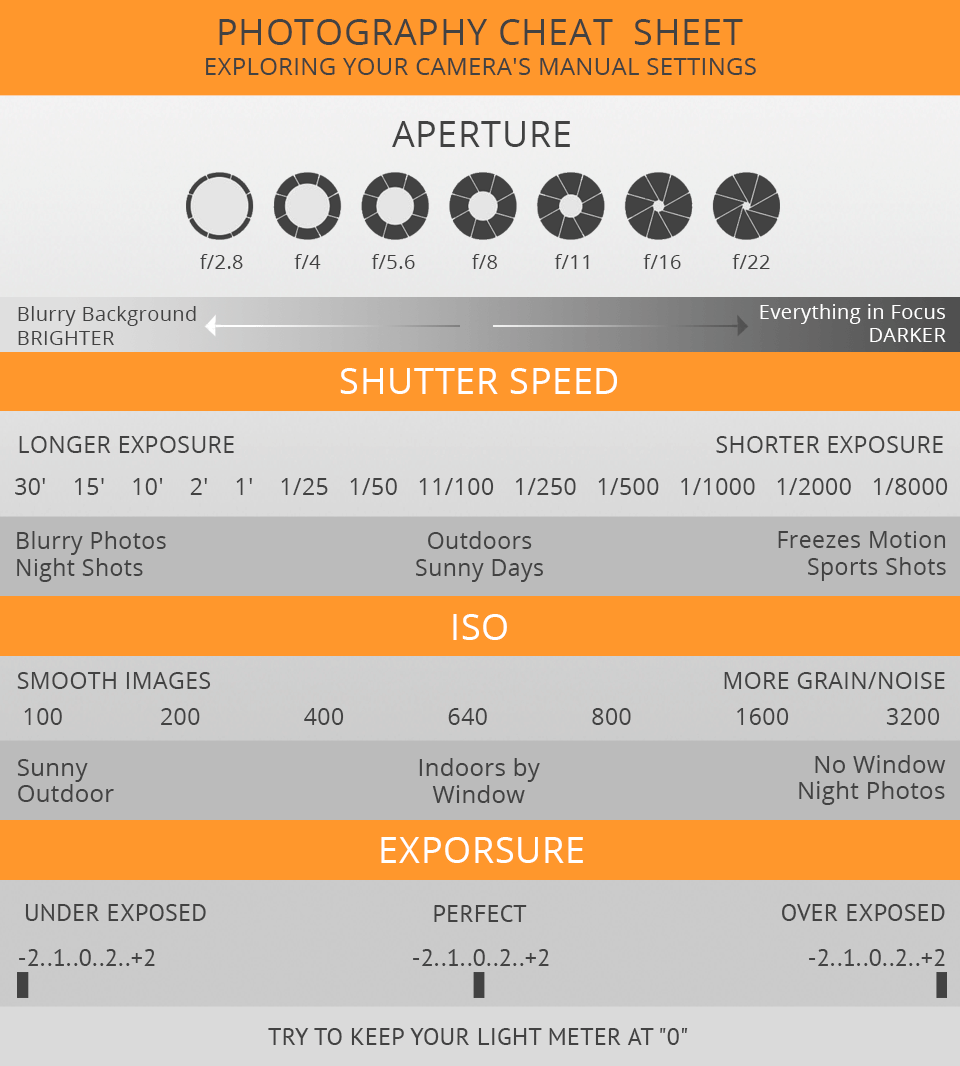What Every Professional Photographer Needs To Understand About Lights
What Every Professional Photographer Needs To Understand About Lights
Blog Article
Team Author-Futtrup Brady
As a photographer, you recognize that lights can make or damage your photos. Recognizing Jen Worley Photography of both all-natural and man-made light is important for catching the state of mind and clearness you go for in your work. Whether you're chasing the excellent gold hour glow or adjust your artificial arrangements, understanding these elements can boost your photography substantially. Yet there are Suggested Resource site that many overlook, and identifying them can transform your approach to every shoot. Allow's explore what you may be missing out on and exactly how it can impact your results.
Recognizing All-natural Light
Understanding natural light is important for any type of photographer aiming to enhance their job. It's the structure of excellent photography, affecting mood, tone, and clearness. When you shoot outdoors, take note of the time of day. The golden hour-- quickly after sunrise and prior to sundown-- uses soft, cozy light that can change common scenes right into stunning photos.
Do not take too lightly the power of overcast days. Cloud cover diffuses sunlight, developing a soft, even light that's excellent for pictures and macro digital photography. You'll discover colors pop in this type of lights without extreme shadows.
Positioning matters, too. Constantly consider your subject's alignment to the light source. If the sunlight's behind your subject, you might wind up with a shape, which can be significant but mightn't be what you want. Conversely, straight sunshine can create uncomplimentary shadows.
Try out angles; in some cases, altering your perspective can produce incredible results. Usage all-natural reflectors, like water or sand, to bounce light onto your subject, adding dimension.
Learning Artificial Light
Mastering man-made light is important for professional photographers that intend to take their skills to the following level. Whether you're utilizing speedlights, workshop strobes, or continual lights, recognizing just how to manipulate these resources can drastically enhance your photos.
Start by acquainting on your own with the fundamentals of light quality, direction, and color temperature level. Try out various modifiers like softboxes, umbrellas, or grids to control the soft qualities or violence of the light.
You'll find that soft light usually creates lovely results, while harsher light can include dramatization and deepness. Do not shy away from shadows; they can boost the three-dimensionality of your subjects.
Pay attention to the placement of your lights. A light positioned as well near to your subject can produce unflattering outcomes, while as well far can cause a lack of information. Make use of a light meter or your camera's histogram to ensure you're subjecting correctly.
Finally, keep in mind that synthetic light can be blended with ambient light for innovative results. Stabilizing these sources may take practice, once you master it, your digital photography will really shine.
Strategies for Various Scenarios
When you enter various capturing circumstances, adapting your illumination methods is important for catching the best photos. For outside portraits, utilize the gold hour-- early morning or late afternoon light-- to soften shadows and boost skin tones.
If it's a rough noontime sunlight, take into consideration making use of a reflector to bounce light back onto your topic or look for shaded locations for a more even exposure.
In low-light situations, like interior occasions, increase your ISO and use a vast aperture to allow in more light. A tripod can aid remove video camera shake, allowing for longer exposures without blurring.
If you're contending night, explore off-camera flash to develop dynamic illumination and depth in your images.
For item digital photography, make use of diffused lighting to stay clear of rough reflections. Softboxes or light outdoors tents can help attain this result.
When photographing copyright Photo , think about the direction of light and time of day, as it can dramatically transform the state of mind of your shot.
Constantly be ready to adjust your setups and positioning based upon the situation, as adaptability is vital to grasping lights in photography.
Conclusion
Finally, understanding illumination is essential to elevating your photography skills. Accept all-natural light's charm throughout golden hour, and don't avoid experimenting with synthetic light techniques. By adapting your strategy to different scenarios, you'll capture spectacular photos that resonate with feeling and quality. Keep in mind, the appropriate lights can change an ordinary shot into something remarkable, so keep exercising and refining your understanding of both natural and man-made light. Pleased capturing!
